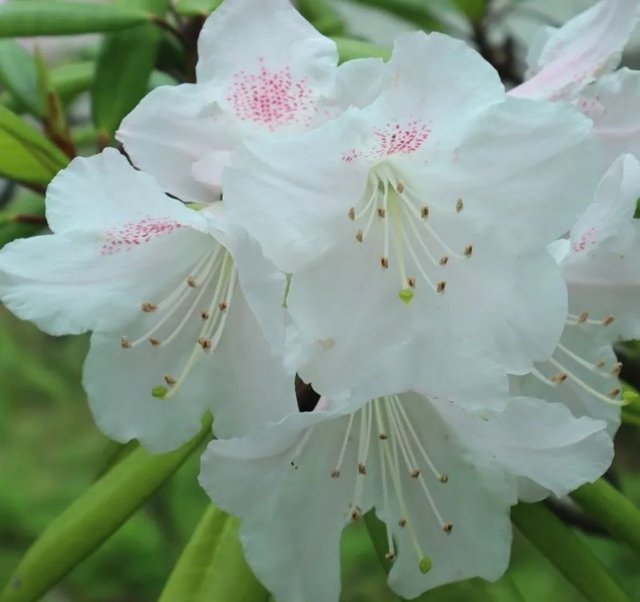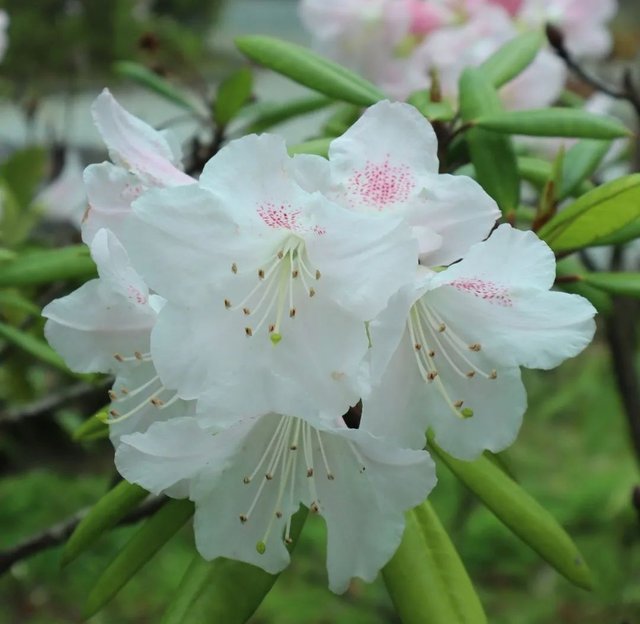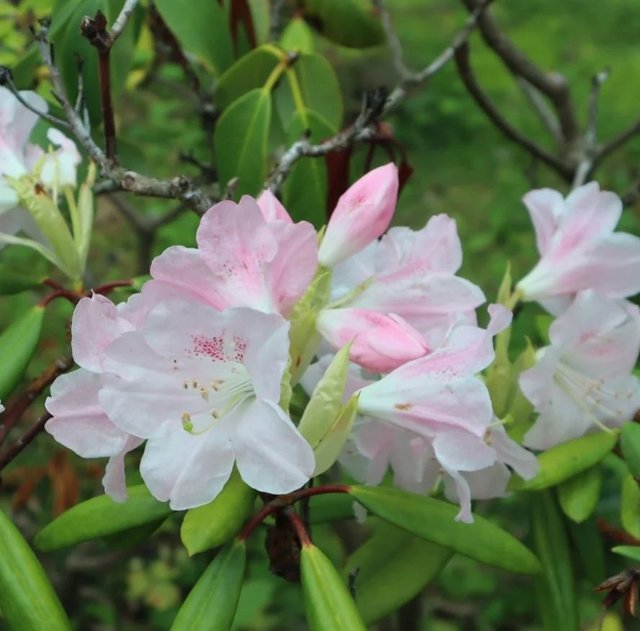Rhododendron Decorum Flower




In the enchanting world of botanical wonders, few flowers captivate the senses quite like the Rhododendron decorum. With its exquisite beauty and delicate allure, this floral gem stands as a testament to nature's artistry. Let us embark on a journey to unravel the splendor and significance of this remarkable bloom.Native to the mist-shrouded mountains of Southeast Asia, particularly in regions like Myanmar, China, and Vietnam, Rhododendron decorum emerges as a symbol of resilience amidst rugged terrain. Its name, derived from the Latin word "decorum," meaning beauty or elegance, aptly captures the essence of this majestic flower.
At first glance, the Rhododendron decorum enchants with its large, trumpet-shaped blooms, which can span up to five inches in diameter. These blossoms, often seen in shades of pale pink, lavender, or white, boast intricate patterns and delicate veining, adding depth and character to their ethereal appearance.Beyond its visual appeal, the Rhododendron decorum holds cultural and botanical significance. In traditional Chinese medicine, certain species of Rhododendron are valued for their medicinal properties, believed to alleviate various ailments ranging from inflammation to digestive issues. However, caution is advised as some parts of the plant contain toxins and should not be ingested without proper guidance.
Moreover, in horticultural circles, the Rhododendron decorum commands admiration for its versatility in garden landscapes. Whether as a focal point in a woodland garden or a vibrant addition to a mixed border, its graceful presence adds a touch of elegance to any setting. Cultivation enthusiasts appreciate its preference for acidic soil and partial shade, making it an ideal choice for regions with temperate climates.In addition to its ornamental value, the Rhododendron decorum plays a vital ecological role, providing sustenance for pollinators such as bees and butterflies. Its nectar-rich blooms serve as a vital food source, contributing to the delicate balance of local ecosystems.
Gracias
